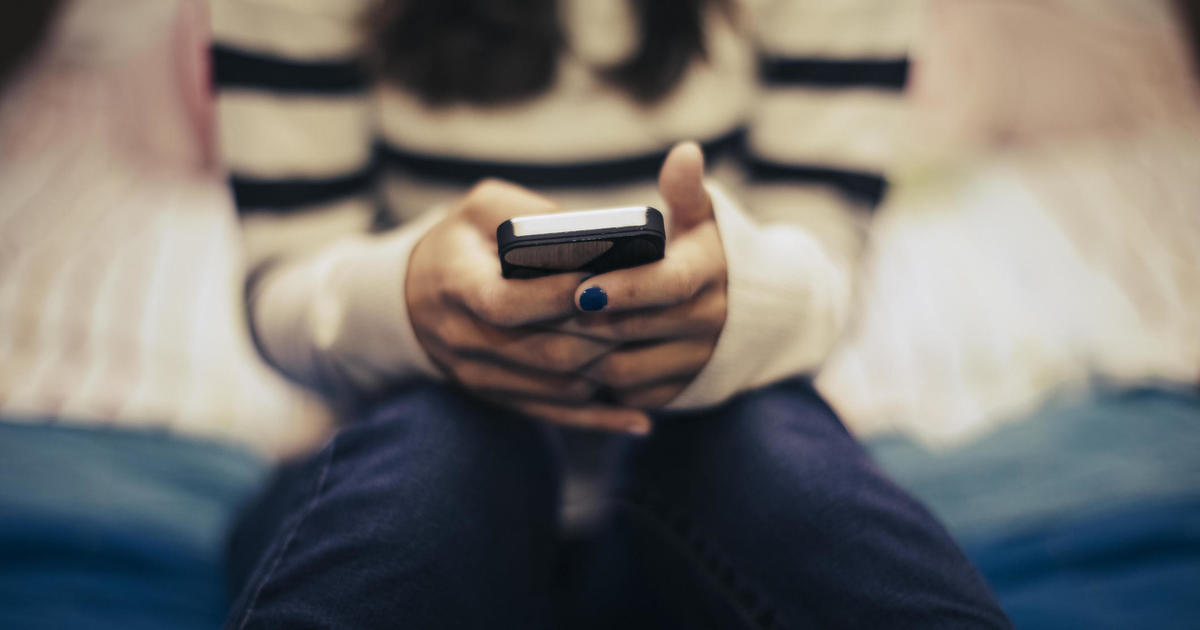Daily Glow to Digital Gloom: Heavy Screen Use Tethers One in Four Teens to Anxiety and Low Mood
Just How Glued Are Teenagers?
From after-school snacks to late-night chats, glowing rectangles have become the constant companion for America’s 12- to 17-year-olds. Fresh numbers released Wednesday by the National Center for Health Statistics reveal the scope:
- 45–50 % log 4 hours + of recreational screen exposure each weekday
- 22.8 % hover at 3 hours a day
- 17.8 % stop at 2 hours
- 6.1 % clock in just 1 hour
- 3 % keep usage under 60 minutes
Those tallies strip out homework-related scrolling and streaming, focusing only on the time kids choose to spend with devices once classes finish.
Mental-Health Toll of the Four-Hour Threshold
Anxiety Spikes
Among the heavy users, 27.1 % reported nervousness, panic attacks, or dread in the prior fortnight—more than double the 12.3 % seen among peers who kept leisure screen time under four hours.
Depressive Symptoms Rise
Sad moods, disinterest in activities, or feeling hopeless hit 25.9 % of the biggest screen-time group but only 9.5 % of lighter users.
Behind the Numbers: A Psychiatrist’s Frontline Perspective
Dr. Neha Chaudhary, child psychiatrist at Massachusetts General Hospital and Chief Medical Officer at Modern Health, sees technology as a “double-edged sword of our generation.” She cites:
- Relentless social comparison, from curated vacation posts to idealized body images
- Rampant cyber-bullying that follows teens past the school bell
- Endless validation loops—likes, streaks, follow-backs—fueling anxiety when counts lag
- The irony that teens feeling lonely or down often return to the very feeds worsening their distress, chasing connection or distraction
The Demographic Divide
- Gender: Boys and girls rack up similar amounts of screen time.
- Race & Location: Black adolescents and teens in metropolitan zip codes lean longest toward their devices, surpassing suburban and rural counterparts.
Parenting Through the Glow
Major pediatric bodies—chief among them the American Academy of Pediatrics—counsel families to treat screen time not as a uniform villain but as a spectrum. Creative apps, group gaming, and supportive online communities can coexist with boundaries on endless doomscrolling.
Next Steps: Balancing Pixels & Peace of Mind
At Home
- Create device-free zones—meals, bedrooms, car rides
- Model healthy usage: kids copy what they observe
- Schedule “green-time” swaps—walks, sports, face-to-face meetups—to offset sedentary stretches
In Policy & Research
- Expand longitudinal studies across race, class, and rural-urban lines
- Push platforms to incorporate well-being dashboards and forced breaks
- School mental-health funds earmarked for digital literacy and coping-skills training
As screens evolve faster than science can track, parents, doctors, and teens face the shared challenge of taming the glow so devices serve kids’ mental health—instead of silently shaping it.




